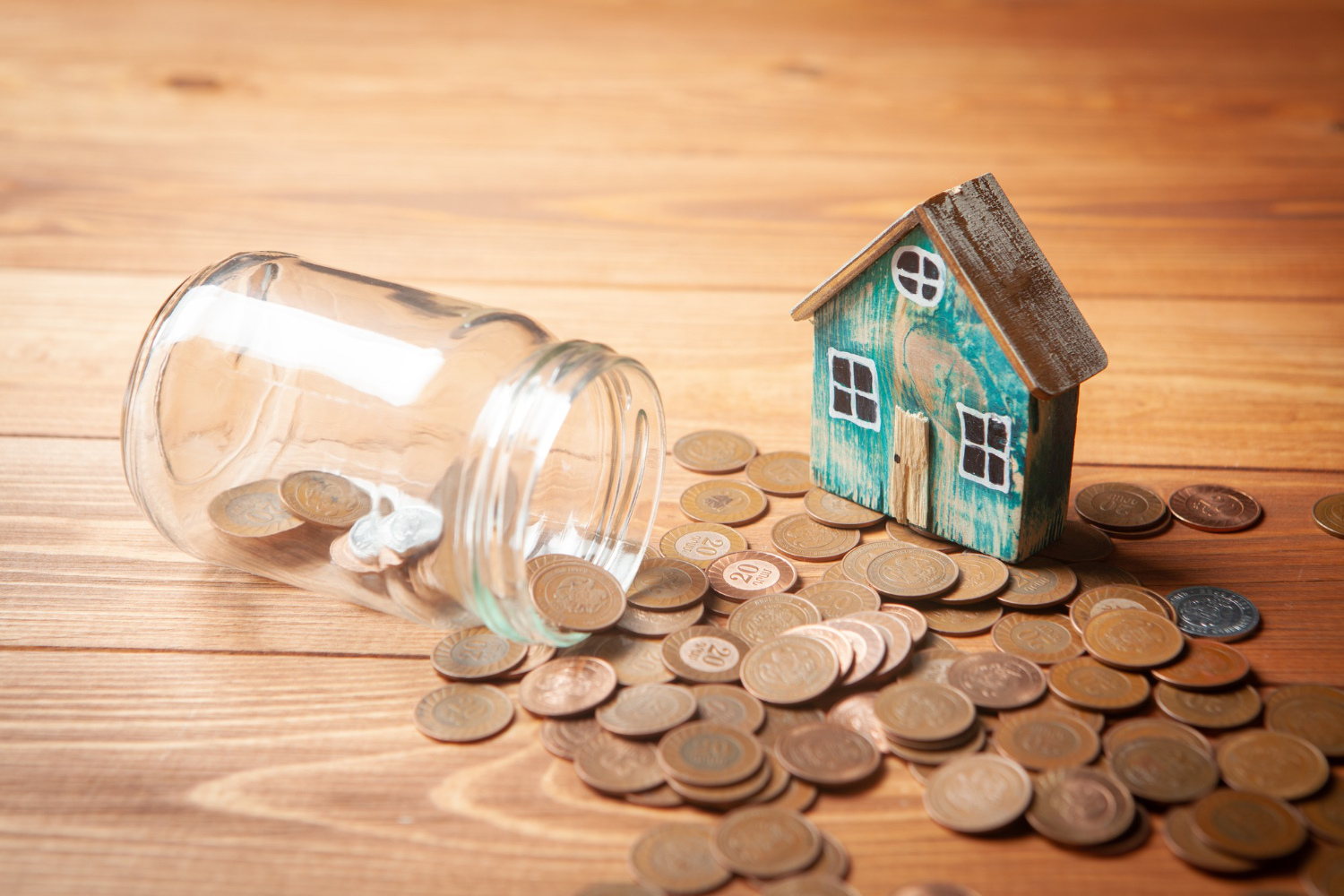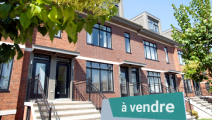5 Ways To Buy A House With No Down Payment
Is it possible to buy a house without having the necessary down payment? This is a question many potential buyers ask since home ownership can be quite the challenge. In fact, 35% of Canadians do not own the property they live in. However, if you are thinking about purchasing a home, you have different options available that don’t require paying a down payment of between 5 and 10%. This article discusses how buying a home may be easier than you think.[1]

1. Use a line of credit or personal loan
A line of credit or
personal loan is considered eligible as a down payment when applying for a
mortgage. Unlike a line of credit, a personal loan has the advantage of more
flexible repayment options and a generally lower interest rate.[2].
However, these options
will impact your debt-to-asset ratio since the borrowed amount will be added to
your other personal debts. As a result, some financial institutions may refuse
this strategy if your credit report is not spotless.
2. Withdraw money from your RRSPs
The Home Buyers’ Plan (HBP) allows first-time homebuyers to withdraw up to
$35,000 from their registered retirement savings plans (RRSPs) tax-free, under
certain conditions[3]. It is also intended for those who have not lived in
a home that they – or their partner – have owned for at least 4 years. In
addition, the money taken from your RRSPs must be repaid within 15 years of the
withdrawal. Finally, any amount withdrawn must have been in your RRSP account
for at least 90 days.
If you do not have an RRSP or the amount accumulated is insufficient to cover the required down payment, it is possible to apply for an RRSP loan, under certain conditions[4]:
- The loan must have been taken out at least 90 days before the purchase of the property;
- The conditions and cost of the loan agreement must have been calculated in advance;
- The applicant must know
if they are eligible for a tax refund.
In all cases, you must
have received confirmation of your mortgage from your financial institution, as
well as its authorization to grant you an RRSP loan.
3. Buy with help from a family member
A gift from your immediate family or close friend – commonly referred to as Love Money – can also allow you to obtain the amount necessary for the down payment of your future property. However, it must be considered non-refundable and interest-free.[5].
The guarantor loan from
a relative could also be a solution. In this specific case, your financial
institution accepts that the equity of your relative’s or friend’s property be
used as collateral[6].
4. Purchase a property with others
What if you are not the
only owner of your home? Nothing prevents the down payment from being paid by
one or more parties. This is often the case of spouses who decide to live
together or invest in real estate together, without necessarily having the same
financial obligations.
5. Make use of a gift of equity
By buying the home of a close relative, you could benefit from a gift of equity, that is, you buy the property of a member of your direct family at a reduced price. In this case, the difference between the actual market value and the agreed sale price is recognized as a gift. Moreover, this option also allows you to be exempted from paying the property transfer tax[7].
If you have questions, consult a mortgage broker who will help demystify each of the above options and guide you to the solution best suited to your situation.
See also:
- 10 Tips to Become a Homeowner
- Buying a property: the importance of a good credit score
- How to choose the best mortgage
 The Largest Number of Homes for Sale
The Largest Number of Homes for Sale



